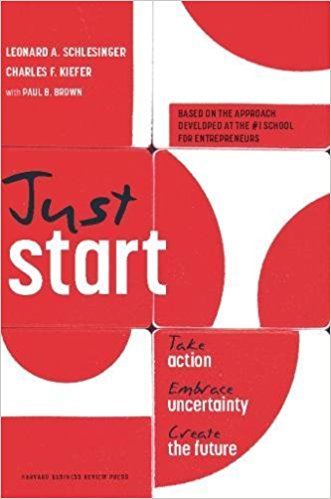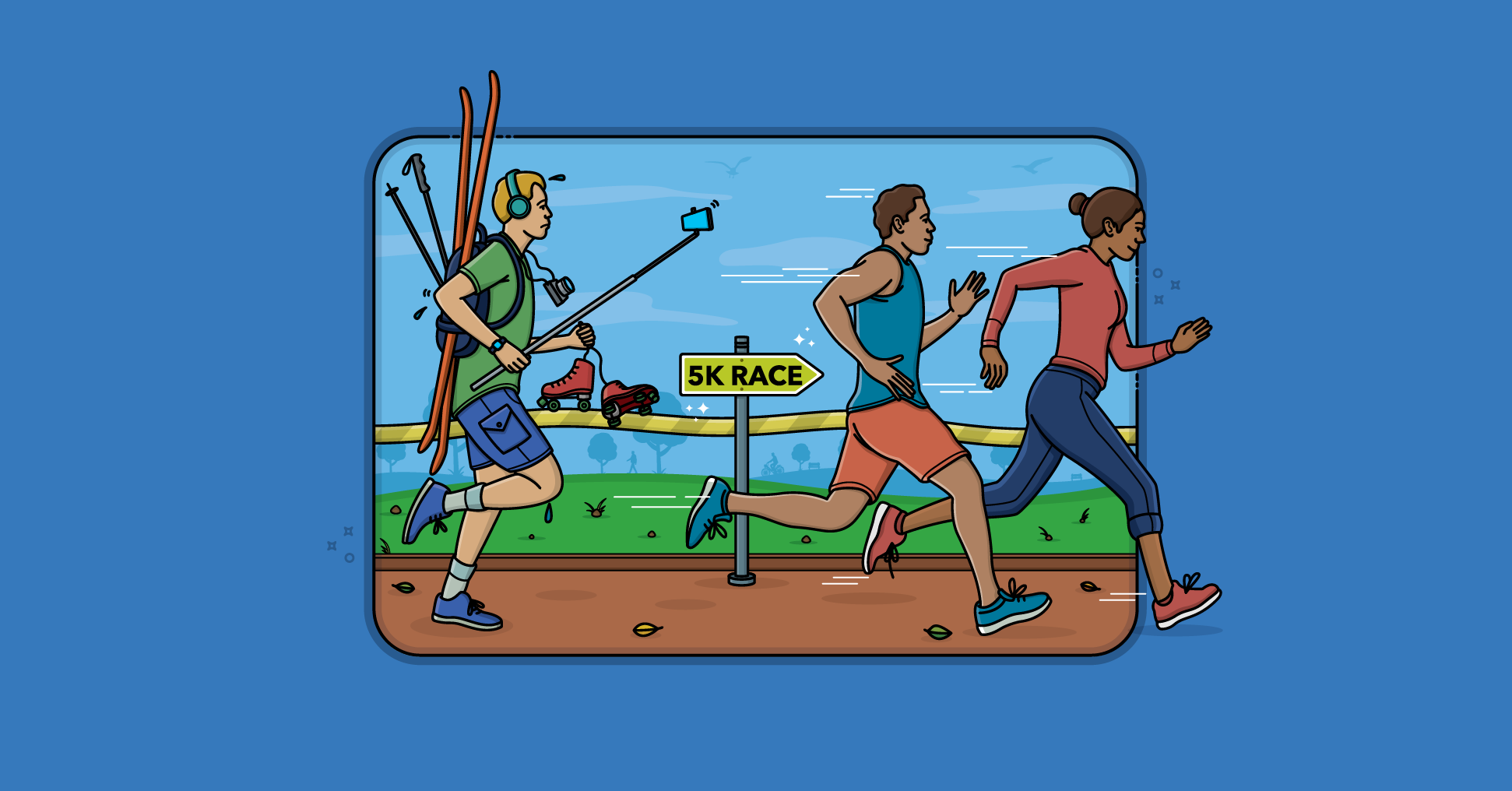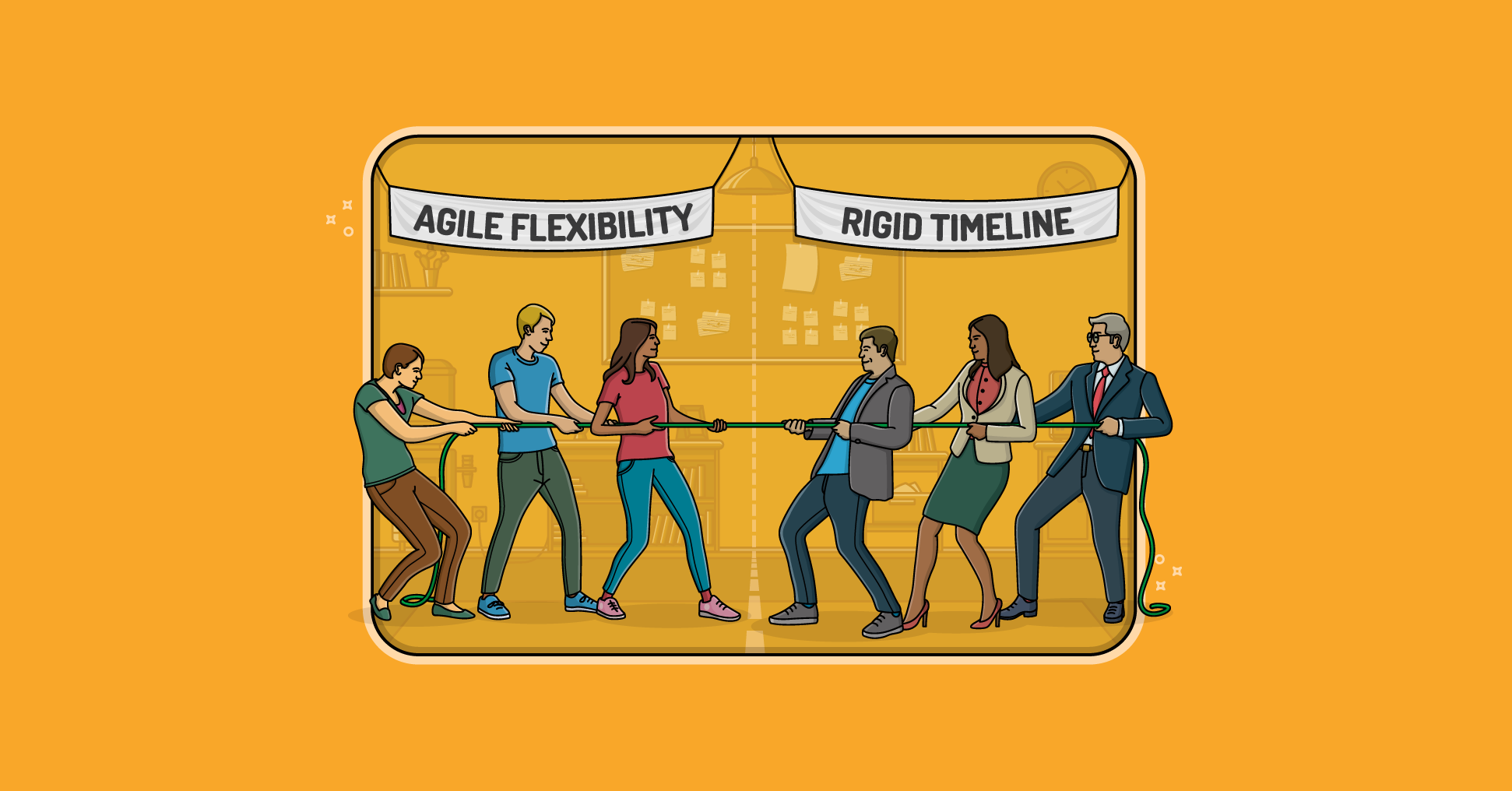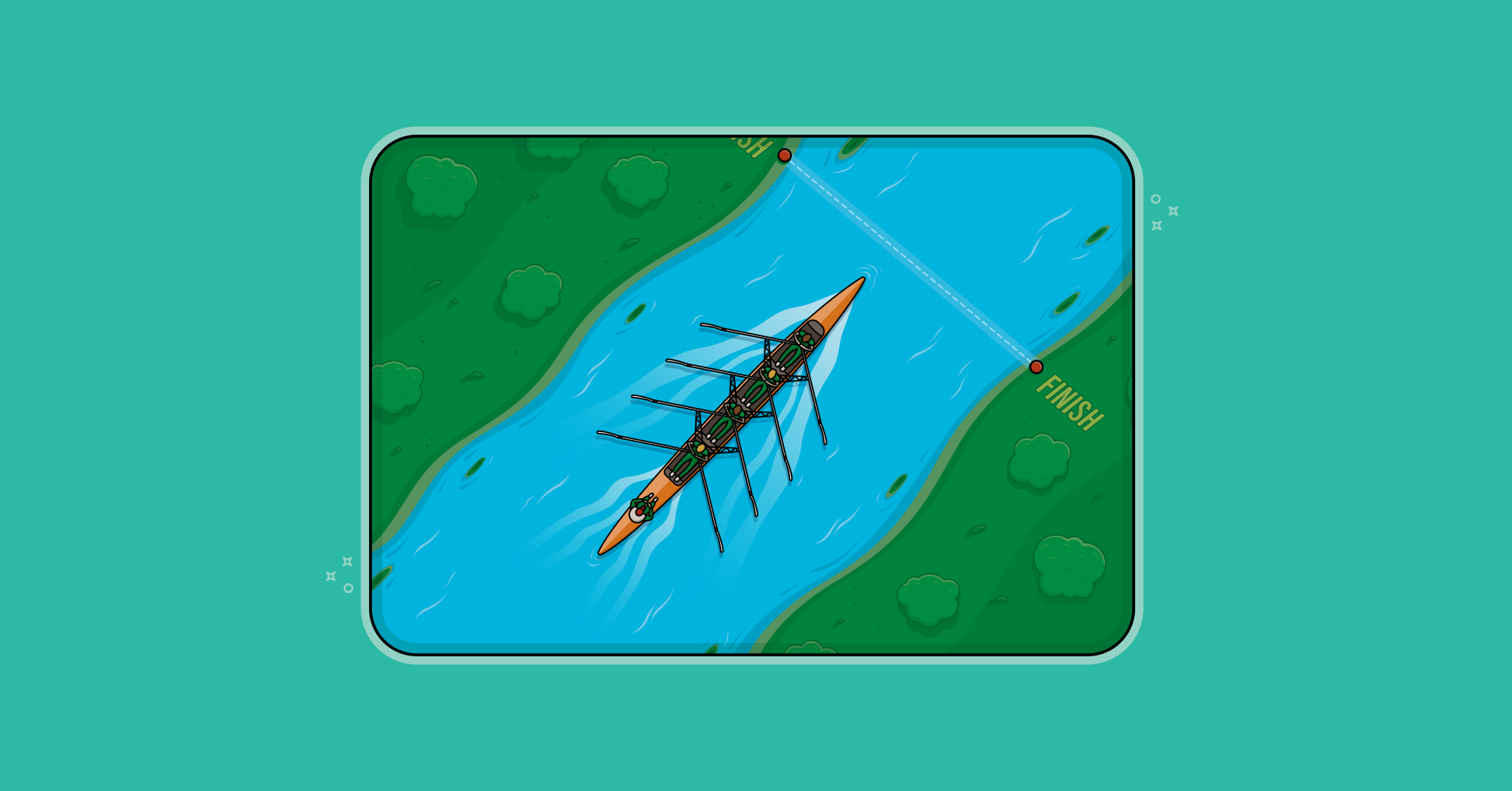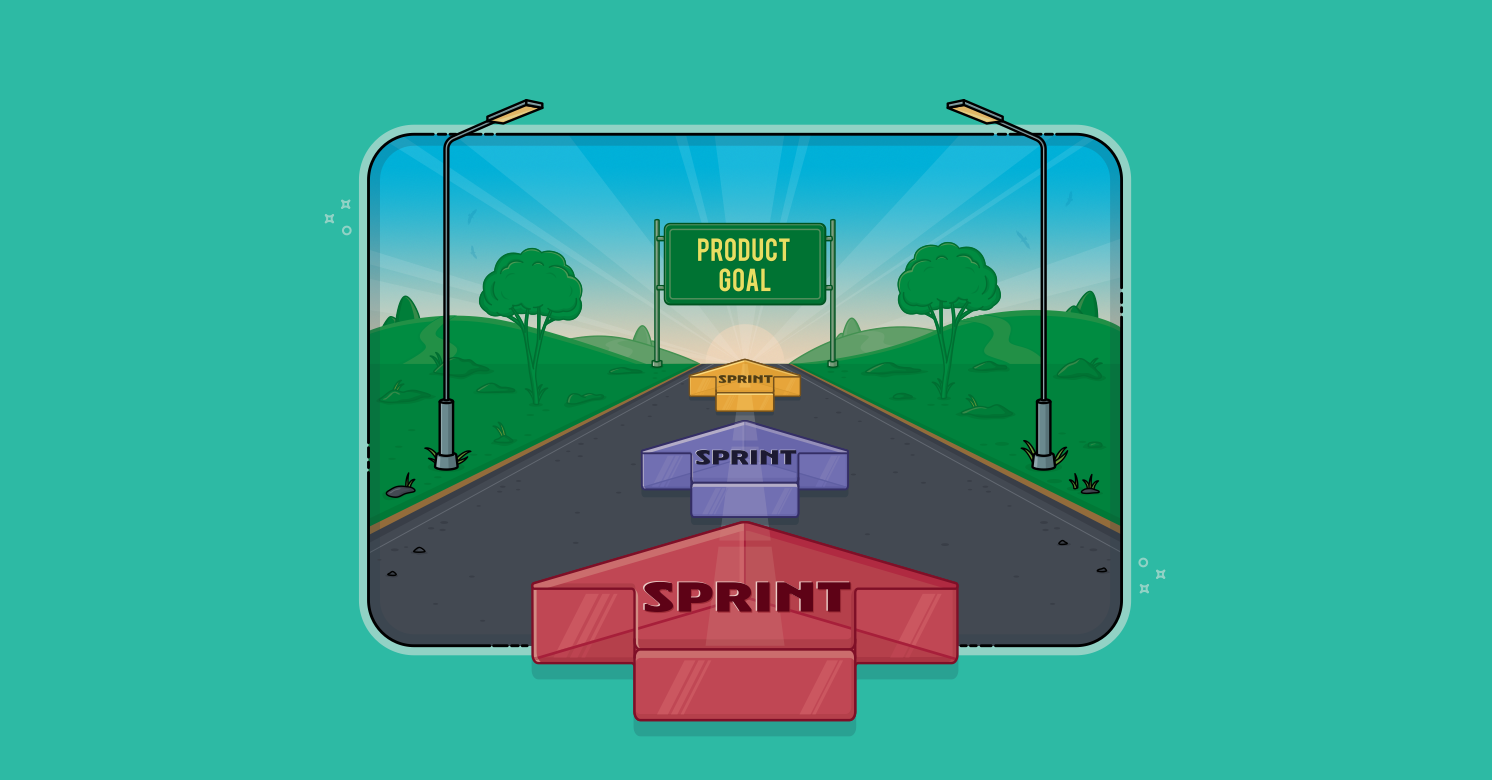I've never been a big fan of the Shewhart or Deming cycle of Plan-Do-Check-Act. Sure, it works fine for some things. I cooked an elaborate dinner for my family last night. Plan, Do, Check and Act (or Eat) worked well for that. But for what makes up much of the rest of my life, a plan-first approach has never seemed entirely appropriate.
That Plan-Do-Check-Act is often cited by agile practitioners has always surprised me. The cycle seems incongruous with agile and its antipathy toward upfront planning, upfront design, and the like.
The book Just Start: Take Action, Embrace Uncertainty, Create the Future by by Leonard Schlesinger and Charles Kiefer with Paul Brown is about how entrepreneurs (and I'd say people in general) would benefit from less upfront thinking and more upfront acting--thus, the title of the book: Just Start.
In presenting this idea, the authors introduce an alternative to the Shewhart/Deming cycle. They propose a cycle of Act-Learn-Build. The first step, Act, does not refer to randomly selected, indiscriminate activity. Rather, it refers to deliberately choosing a step and acting upon it without endless upfront deliberation. One of my favorite quotes in the book is "If you have insufficient data, make your own."
Having acted, our next step is to Learn from the action. In the agile community we're fond of believing as long we have learned something from a sprint or iteration, we are moving forward, even if we discard whatever we build during that time box. We find support in this thinking from authors Schlesinger, Kiefer and Brown.
After Acting and Learning, this alternative cycle calls for us to Build upon what we've learned and do it all over again. The book does not dwell on this cycle--it's rather straightforward, after all. The main point of the book is to extoll us to avoid excessive deliberation and "just start."
I find this applicable to a variety of aspects of software and product development. We can "just start" in building the product without a disk full of spreadsheets. We can "just start" in developing without a whiteboard full of UML. The authors spend a good amount of time on risk management. They focus on advising us to determine and never exceed our "acceptable loss." This can apply to starting a business ("I can't afford to lose more than $100,000"). It could just as readily apply to technical decisions ("I can't afford to lose more than a week on this approach but if it works out, we'll have a month of development time so I'm going to try it.")
A point I found interesting was a comment that of the serial entrepreneurs studied, none had tried to gather specific information about potential returns or the ideal size of an investment in a new venture. That is, they just started but did so with an awareness that they would not spend more than their acceptable loss. I was recently contemplating two new businesses. I chose to start one but not the other. I had created a rather extensive spreadsheet modeling the business I chose not to start. I didn't create such a model for the one I chose to start. Rather, and in keeping with the advice in this book, I started the business but did so with a maximum acceptable loss investment in mind.
One thing I found a bit too cutesy with the book was that the authors made up the word "Creaction" by combining creation with action and they use this throughout the book. I can't picture myself using this word but I have found myself thinking it more, so maybe my opposition to the new word is softening over time.
A nice bonus to the book is that the framework is presented with examples beyond the business world. Suggestions of how to apply the Just Start framework to one's personal life are provided.
I can highly recommend Just Start: Take Action, Embrace Uncertainty, Create the Future to anyone involved in agile projects, especially those on the product management or general management side of things.

